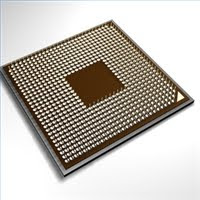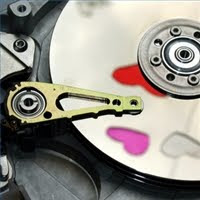Penerangan cara perhitungan MTBF (mean time between failures) & MTTF (mean time to repair).Misalkan kita memiliki data historis sebuah mesin sebagai berikut:
a.. Hari ke 0 s.d ke 100: up-time
b.. Hari ke 100 s.d ke 107: down-time
c.. Hari ke 107 s.d 197: up-time
d.. Hari ke 197 s.d 200: down-time
e.. Hari ke 200 s.d 290: up-time
f.. Har ke 290 s.d 291: down-time
g.. Hari ke 291 s.d 390: up-time
Dari data di atas diperoleh jumlah kejadian up-time adalah 4. Lama up-time total = 100 + 90 + 90 + 99 = 379 hari. Mean Time Between Failures (MTBF) = (lama uptime total)/(jumlah kegagalan) = 379/4 = 94.75 hari.
Formula untuk menghitung Mean Time to Fail (MTTF) sama dengan MTBF. Bedanya terletak pada penggunaannya. MTBF untuk item yang bisa di-repair, sedangkan MTTF untuk item yang tidak di-repair seperti bearing dan transistor.
Formula MTBF tersebut di atas hanya untuk estimasi saja. Formula tersebut hanya berlaku bila diasumsikan laju kegagalannya konstan. Bila diinginkan perhitungan yang lebih tepat dapat menggunakan grafik Weibull.
Kita lanjutkan ke perhitungan Mean Down Time (MDT) dan Mean Time to Repair (MTTR). Dari data di atas, dapat dihitung jumlah kejadian down-time adalah 3. Lama down-time total = 7 + 3 + 1 = 11 hari. MDT = (lama down-time total)/(jumlah down-time) = 11/3 = 3.67 hari.
Beberapa literatur membedakan antara MDT dan MTTR, karena down-time tidak sama dengan repair-time. MTTR = (lama repair-time total)/(jumlah repair).















